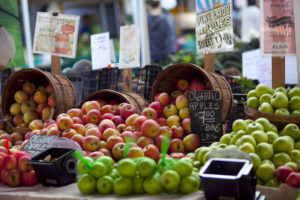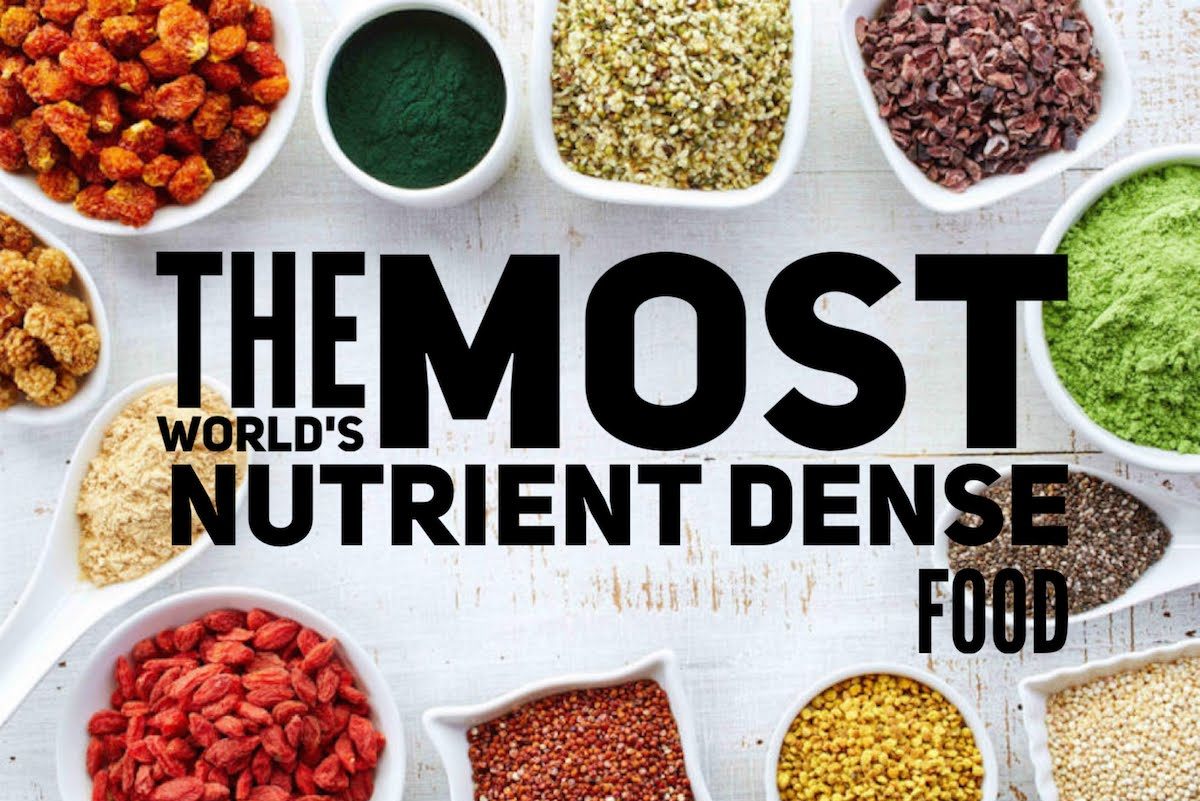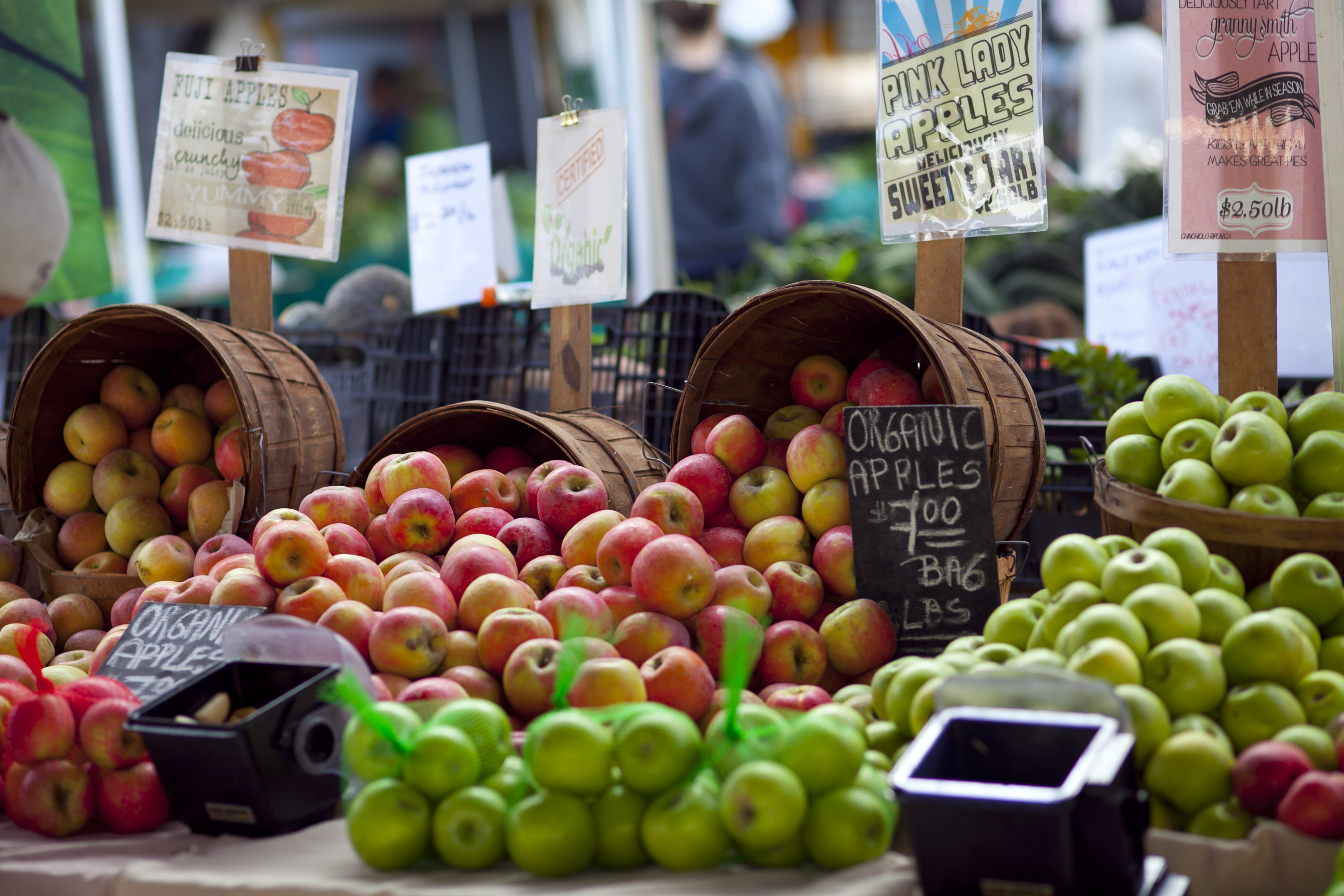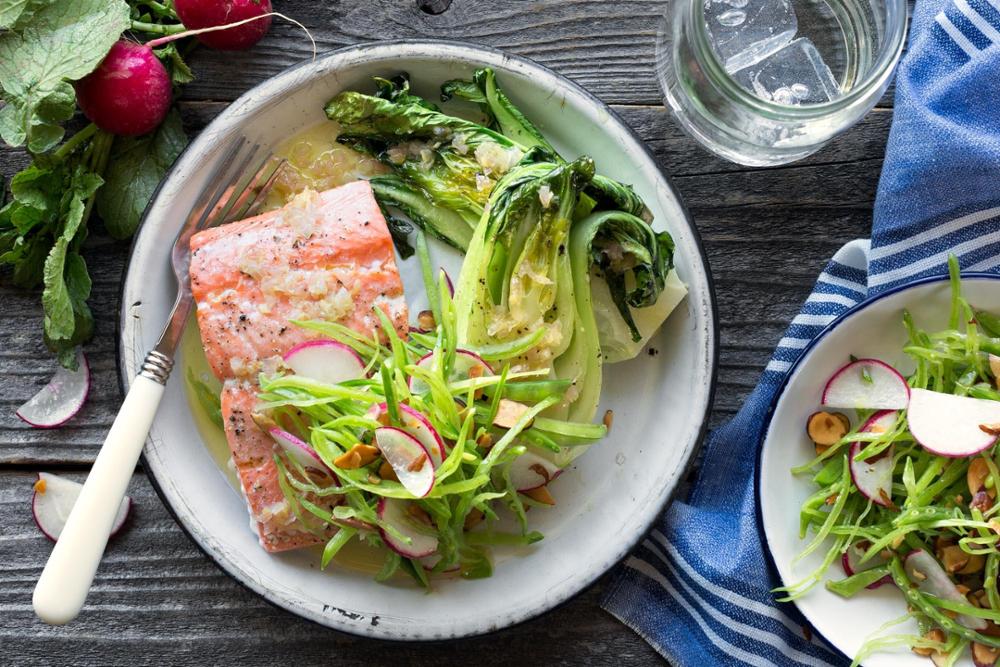Welcome to Healthy Habits
Healthy Habits | Week 2: The Basics
Week 2: The Basics
DOWNLOADS
“If you get the basics right, everything else falls into place.”
 Week 2 starts bringing in small daily changes that will help you to eat better without even realizing it. These new habits will become second nature, and while you’re only required to do them once, I’d bet you keep these in regular rotation day after day. This week will require minimal planning and shopping – pick up berries, different sources of protein, alternative grains and look ahead to schedule a visit to a local farmers market or fruit stand.
Week 2 starts bringing in small daily changes that will help you to eat better without even realizing it. These new habits will become second nature, and while you’re only required to do them once, I’d bet you keep these in regular rotation day after day. This week will require minimal planning and shopping – pick up berries, different sources of protein, alternative grains and look ahead to schedule a visit to a local farmers market or fruit stand.
Week 2 Google Call
- The Mental Side of Habits with Kelsey Abbott
 You can access the recorded call here
You can access the recorded call hereTopics we covered:
- 5:02 – Introductions
- 10:45 – Kelsey’s 5 Things – what we would always find in her fridge (if she had one)
- 20:07 – Living in a camper as a nomad, how Kelsey manages to eat healthy with very limited space and resources.
- 23:35 – How habits help you create the life you want “If we lean into our own strengths, anything is possible”
- 31:17 – WHY do you want to change? “We all have a reason… dig in and find out what yours is” Once you know the WHY, you will find a way to accomplish the HOW.
- 43:20 – “Fast food and poor food choices are a response to our frazzled, chaotic, stressful lives”
- 45:50 – Assumptions are what hold you back and keep you from reaching your goals
- 47:48 – The “Barbed Wire Blanket” – it’s a prison. Let doing something that scares you become a daily practice.
- 50:00 – How to navigate things when your family/spouse/co-workers aren’t supportive of your new healthy habits
- 1:04:00 – “What do you have to lose?”
- Ending with Kelsey’s healthy habit challenge and her top books for growth- the ones she feels have had the greatest impact on her life.
Week 2 Details
- Day 1: Ban Sugar - Drink Water
It seems innocent, but soda, juice or sugary coffee beverages are a vice for a lot of people. They taste good, can be refreshing or act as a morning pick me up, and are readily available. Helloo Starbucks drive-through! But these beverages have plenty of downsides as well. Sugary drinks can cause tooth decay, weight gain, increased cravings for sweets, and bone weakness. Cutting your intake just a little can have great health benefits.
Instead of starting the morning with sugar and caffeine, replace it with a glass of warm lemon water. It will facilitate digestion, helps restore and regenerate the liver (which is extremely active while we sleep), offers an immune system boost through the Vitamin C and potassium and has been shown to help with healthy collagen production for smooth healthy skin.
For the ‘Bean Lovers’- You don’t have to ditch the coffee altogether – simply begin the day with warm lemon water and then a few hours later enjoy a nice hot cup of black coffee or tea. Coffee and tea are two of the most amazing sources of antioxidants in our diet, so long as they’re sustainably (preferably) organically sourced, so they’re produced without pesticides. These two beverages boost mental health, liver health, and promote a healthy heart. The key is to leave out the sugar and milk, which takes away most all their benefits. Coffee is even being studied most recently for its healthy effects on the longevity and cancer prevention, while tea has been a long-standing healing remedy.
- Day 2: Berries, Greens & Protein
This one is a 3 part task – Eat Berries With Breakfast, Greens With Lunch & Protein At Every Meal.
Berries are an incredible food, rich in nutrients for our brain, our digestion, and they’re disease-preventative. They’re also a fresh source of produce and keep us fuller than processed cereals with dried fruits. Add 1/2 cup of your choice frozen or fresh berries to either a smoothie, oatmeal, or just have some with some unsweetened coconut yogurt and a little chia or flax seeds. Berries are also a great source of vitamin C to kickstart your immune system.
Instead of a sandwich, burrito or sushi platter, make your lunch a bowl full of delicious spinach, kale, chard or watercress (topped with all kinds of fruit, veg, protein and healthy fat). Leafy green vegetables are ideal for weight management as they are typically low in calories. They are useful in reducing the risk of cancer and heart disease since they are high in dietary fiber, and rich in folic acid, vitamin C, potassium, and magnesium, as well as containing a host of phytochemicals, such as lutein, beta-cryptoxanthin, zeaxanthin, and beta-carotene. One study showed that an increment of one daily serving of green leafy vegetables lowered the risk of cardiovascular disease by 11 percent. Green leafy vegetables are also rich in beta-carotene, which can also be converted into vitamin A, and improve immune function.
Healthy sourced protein can help keep you full for longer as well as rebuild muscles worn down in training. Try adding an egg, turkey bacon, Greek yogurt, or scoop of peanut butter to your breakfast. Top that lunch salad with canned tuna or salmon and add 4-6oz of fatty fish or 1/2c beans to a veggie and wild rice stirfry.
- Day 3: Get Your Grain On
Step outside the quinoa/brown rice box and pick up one of these just as nutritious alternative grains: amaranth, buckwheat, barley, black rice, kamut, farro, millet or spelt. Opt for a hot buckwheat and blueberry cereal for breakfast or add 1/2 cup of cooked farro to your lunch salad. Amaranth served alongside kale sauteed in coconut oil and a fillet of salmon makes for the perfect post-run dinner.
Many ‘ancient’ grains are gluten-free, versatile and loaded with trace vitamins and protein to keep you going. To read more about them check out these articles.
The Healthiest Grains To Include In Your Diet // What Are Ancient Grains
- Day 4: Pack Your Lunch
Ditch the office trip to a nearby fast casual food joint and bring your lunch. Packing lunch at home allows you to have more control over the types of food you enjoy at your mid-day meal. Not only will it be healthier but it will save money and offer a better variety of nutrients than the standard turkey and avocado sandwich with a side of chips.
Easy lunch options include packing leftovers from dinner, making a mason jar salad (see recipe), deli meat avocado rollups in swiss chard or a precooked grain bowl with 2 servings of veggies and hard boiled eggs. If you already pack your lunch, this task is still doable, simply find a way to make your meal even healthier. Do you always pack an apple, swap it for 2 small kiwis. Do you bring a container of canned soup, make your own at home in the blender. Do you always pack a salad, try rotating nuts and seeds or using microgreens instead of romaine lettuce.
- Day 5: Recipe Hunt
Cooking is a lot more fun when you have something fresh and new to try. Life is too short to only have scrambled eggs or a grilled chicken salad. Go online (or open up one of the dozen cookbooks you own but never use) and pick one new recipe to try, aiming for something nutrient dense that contains all three macronutrients- fat, protein and carbohydrates.
Some of my favorite sites (that also have video tutorials) are DELISH , GOODFUL , BBC-GOODFOOD and TASTY
Food is fun, tastes good and is definitely part of our social lives, so mixing it up and trying new things can be a great adventure as you embark on a healthier you.
- Day 6: Make A New Friend ~ In The Produce Aisle
Tired of broccoli, peas, and carrots? Challenge yourself to try an out-of-the-box veggie like kohlrabi, kabocha squash, okra, or purple sweet potatoes. Are you always grabbing green apples and bananas to snack on? Pick up blackberries, cherries or dates. You may just find a new favorite, and give your diet a nutrient boost at the same time. Today the goal is to pick one fruit or vegetable you haven’t had in awhile (or ever). If you aren’t sure how to use it – google, ask in the FB group or reach out to the produce manager while in store.
- Day 7: Farmer's Market Visit
This task may require a little planning (which is why I’ve placed it on the weekend). Most farmers markets are hosted on Saturday’s and Sundays although the Whole Foods near me has a fantastic one every Tuesday. Depending on your schedule feel free to complete this one any day during the week. Set aside 30 minutes (and $15 in cash) to peruse the aisles, meet local vendors and learn about new produce and small farming techniques. Grab at least one item to take home and enjoy. If you’re unsure what to do with it strike up a conversation with the farmer, he or she will have plenty of ideas and genuinely enjoy sharing their knowledge.
10 Benefits of shopping at a farmers market
- Farm fresh: Fruits and vegetables you find at the grocery store are often several days old before they even reach the produce aisle. Before produce hits supermarket shelves, it ships in refrigerated trucks, possibly from thousands of miles away. Farmer’s market produce, on the other hand, is nearly the antithesis of grocery store fruits and vegetables. In most cases, the owner of the stand picked it just that morning, so you know the food is as fresh as you can get it outside of growing it yourself.
- Organic and non-GMO: Many farmers participating in local farmer’s markets use organic methods to grow their produce. Most label it as such, so you can be certain you are purchasing chemical free products. They also are more likely to use non-modified seeds. Organic farming is better for the soil, the environment, and your body.
- More nutritious: One look at the vivid colors of produce found at the farmer’s market, and you’ll be able to tell just how nutritious the fruits and vegetables are. Compare that to produce at the grocery store, and you’ll see that the supermarket fruits and vegetables pale in comparison. Vivid colors in fruits and vegetables are a reflection of the nutrients they contain. Many local farmers cultivate extremely nutritious produce through their careful farming methods.
- Tastes better: Try this. Buy a tomato from the supermarket and a gorgeous heirloom tomato from the farmer’s market. Now taste them side-by-side and see what you think. Produce from the farmer’s market almost always tastes better. This is because it is picked at the peak of ripeness and is incredibly fresh when it gets to you. If you start adding farmer’s market produce to your cooking, you’ll be amazed at the difference in flavor and texture.
- Non-industrial: Just like everything else in this country, industrialized farming has become the norm. These giant factory farms grow massive amounts of produce, shipping it all over the world. Giant corporations run industrial farms, driving local family farms out of business. For the sake of efficiency, industrial farming favors monocultures, where a single field only grows one type of fruits or vegetables. Monocultures sap the soil of essential nutrients, leaving it barren and unplantable. Likewise, they are more susceptible to disease and pests. In general, industrial farming (both conventional and organic) is hard on the land, depletes the soil of nutrients, uses industrial chemical fertilizers and/or pesticides, and utilizes environmentally unfriendly practices that are not sustainable over the long-term.
- Variety: The farmer’s market offers a dizzying array of fruits and vegetables. Industrial farms tend to grow only a few varieties of popular vegetables. Small local farms, on the other hand, tend to favor variety, offering fruits and vegetables you just won’t be able to find in the produce section of your local supermarket.
- Supports local family farms: There’s no doubt local family farms have decreased in numbers over the years, succumbing to the high cost of running a farm and increasingly stiff competition from giant conglomerate run farms that produce massive amounts of extremely cheap produce. Purchasing fruits and vegetables from farmer’s markets, however, supports local family farms, giving them the valuable capital they need to keep operating and providing consumers an alternative to mass-produced foods.
- Conserves fuel: Many supermarkets receive their produce from hundreds or thousands of miles away. This involves the significant use of fossil fuels for shipping on refrigerated trucks and rail cars. Farmer’s market produce doesn’t have far to get from the farm to your table, significantly reducing the use of fossil fuels. Farmer’s markets also often operate in the open air and thus do not require electricity or heating.
- Better for the environment: Along with conserving fossil fuels, small family farms produce less environmental waste in the form of carbon monoxide, pesticide use, and chemical fertilizers. They are also less likely to utilize giant processing and sorting machines that contribute to environmental decay.
- Social: The farmer’s market is a great place to gather. Visiting is a fun family activity, and you can meet members of your community. Some farmer’s markets even offer entertainment and classes, making it a terrific way to while away a fall afternoon.





